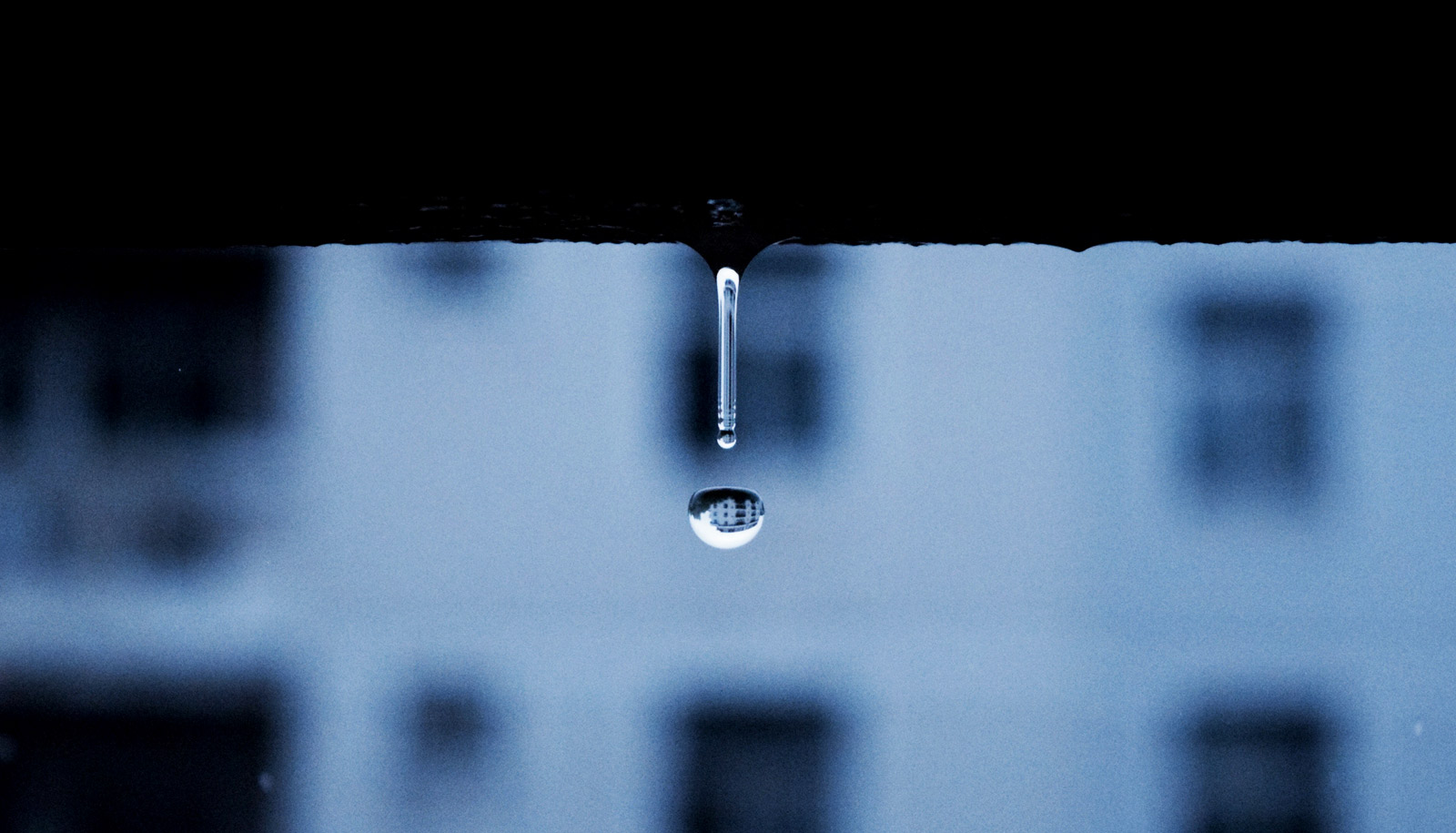A warming planet raises concerns that the urban heat island effect will cause city-dwellers to suffer more heat stress than people that live in more rural areas. But research suggests some cities could actually experience a cooling effect.
More than 60 percent of urban areas in India experience a daytime cooling effect, according to a new study in Scientific Reports. The cooling effect has been observed in the past, but the new paper is the first to directly identify a cause: lack of moisture and vegetation in non-urban areas surrounding the city.
“When the areas around cities are running low on water and they aren’t being irrigated, they turn into hot, dry, barren fields,” says Matthew Huber, a professor of earth, atmospheric, and planetary sciences at Purdue University. “When that happens, there’s actually more water available to evaporate in the cities than the surrounding countryside. It’s like the cities are sweating.”
More commonly, cities are warmer than their rural surroundings, known as the heat island effect. As cities develop, they lose vegetation and surfaces are paved or covered with buildings. With less shade and moisture, they aren’t able to keep themselves as cool.
Researchers obtained temperature data from 89 cities in India and then used a climate model to determine the effects of irrigation. By turning irrigation “on and off” in the model, they found that both urban heating and cooling effects are largely controlled by agriculture and moisture availability from irrigation.
Season and region also affect whether an urban area will experience a heating or cooling effect. The study showed that during the pre-monsoon season, a majority of urban areas were cooler than their rural surroundings during the day. During the post-monsoon season, they were warmer. Urban areas in the Gangetic Plain, northwestern India, and southern tip of the west coast were warmer during both seasons.
Despite day-time cooling in some of India’s urban centers, nearly all of them experienced warming at night. The effects of night-time warming were especially intense in the semi-arid western region of India.
“Right now, it’s sort of an unintended benefit. It could easily go away.”
The effects of intensified warming, especially in a hot, densely populated country like India, can be deadly. In May of 2015, a heat wave caused the deaths of at least 2,300 people, and heat waves are expected to become more frequent.
Research published in Science Advances shows that heat-related events killing 100 or more people in India increased by 146 percent between 1960 and 2009.
The findings clearly demonstrate the ways in which land-use decisions affect local and regional climate patterns. Understanding the role of urban and rural areas in the heat island effect can provide policy insights that help in urban planning and managing public health. As for the urban cooling effect, Huber says he wouldn’t depend on it to save lives.
To cut heat deaths, Louisville needs 450,000 more trees
“Right now, it’s sort of an unintended benefit. It could easily go away. As conditions warm, it’s more likely that this effect would go away rather than intensify.
“On the other hand, this shows that green infrastructure could be really effective at cooling cities. But that has implications for water use. Are you going to impoverish the countryside and leave those areas barren, and the cities lush? These are the kinds of questions we’re asking: what are the tradeoffs?”
Collaborators are from the Indian Institute of Technology Gandhinagar, Purdue University, the UFZ-Helmholtz Centre for Environmental Research, and Duke University.
Source: Purdue University



